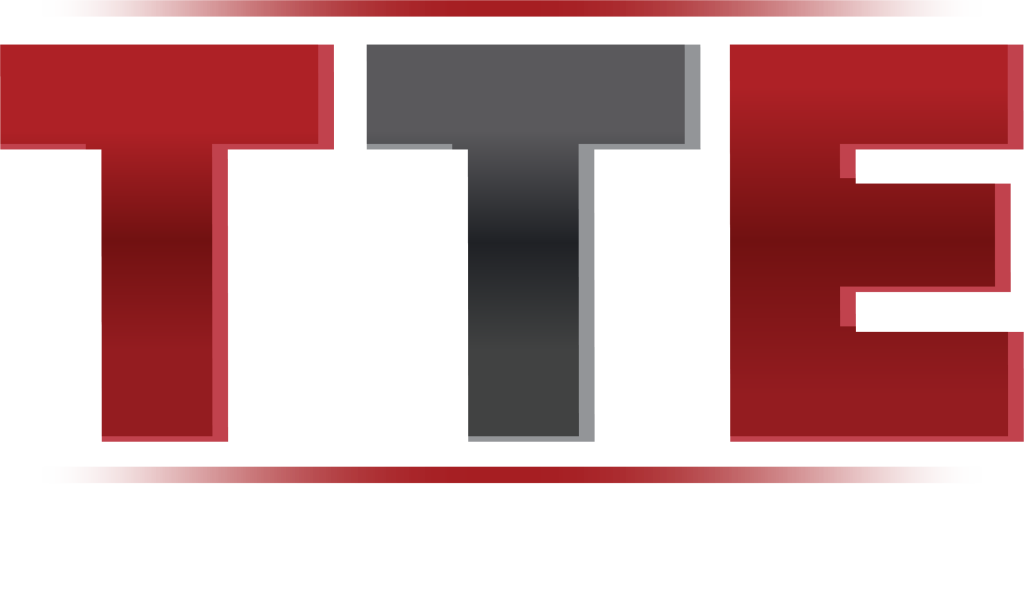Brief overview of common connector types

BNC (Bayonet-Neill Concelman) Connectors are used primarily with cable sizes of 0.150” to 0.250” OD. The quick connect/disconnect bayonet is particularly useful in test equipment. Applications include communication, medical equipment, instrumentation, and computer peripheral interconnections.
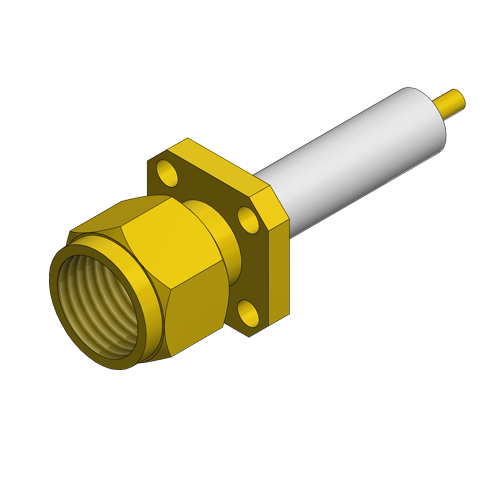
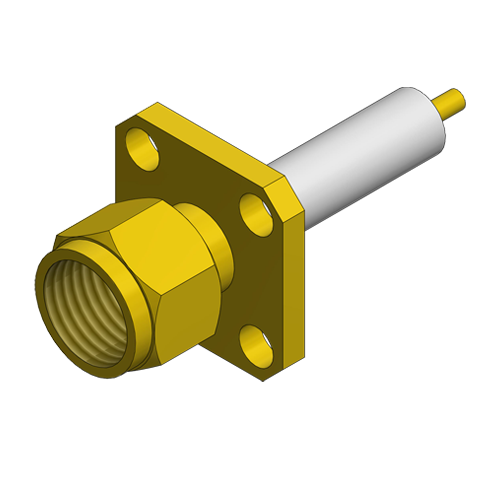
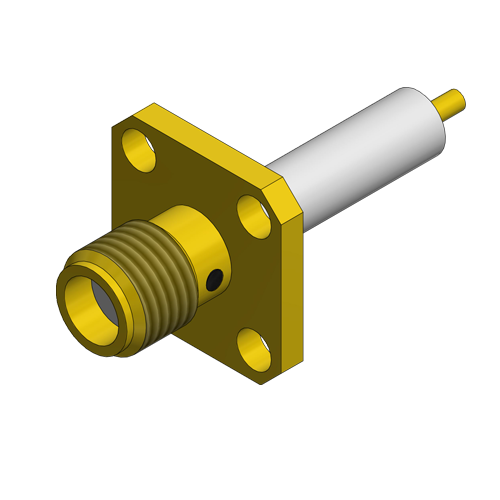
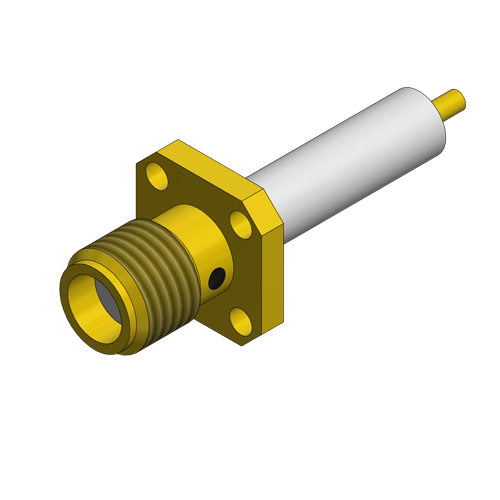
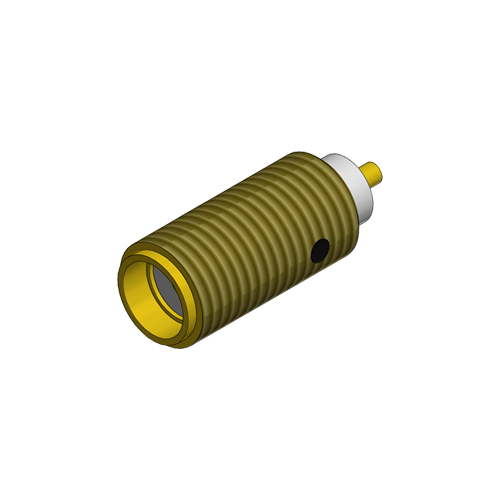
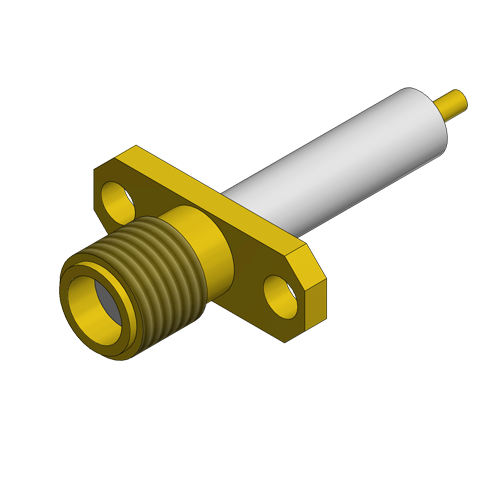
SMA (Sub-Miniature A) Connectors are semi-precision 3mm high frequency connectors, originally used with 0.141” semi-rigid cable, but now produced for use with both flexible and semi rigid cable from 0.047” to 0.250” OD with threaded coupling interfaces. SMA Connectors give repeatable electrical performance from 1 to 18 GHz (up to 26.5 GHz with enhanced versions), and are widely used in microwave systems where size reduction, minimum attenuation and low VSWR are required.

SMB (Sub-Minature B) Connectors have a quick connect/disconnect interface mechanism, which offers good performance (up to 4 GHz) with low reflection under moderate vibration. Typical applications are in telecommunications, instrumentation, wireless, PC/LAN controls, and inter-broad or intra-broad connections of RF or digital signals.

SMC (Sub-Miniature C) Connectors are similar to SMB connectors, but with a threaded coupling interface. Tighter control of the contact and insulator locations allow the SMC to operate up to 10 GHz. They are used primarily in microwave telephony and other non-military telecommunications requirements.

TNC Connectors are BNC connectors with threaded couplings and enhanced performance at higher frequencies (0 to 11 GHz; precision types to 18 GHz), with low noise and better shock and vibration characterisitics. These are commonly used in military and aerospace applications where performance is required under vibration.

Type N Connectors are generally used with coaxial cables ranging from 0.350” to 0.400” OD, with a threaded coupling. They exhibit low VSWR across a frequency range of 0 to 11 GHz (also available in precision types up to 18 GHz). The N Connector is the most popular standard size connector, with good vibration and environmental characterisitics. Applications include test equipment, LANs, broadcast, satellite, and military communication equipment.

UHF Connectors utilize a threaded coupling interface and are typically limited to frequencies below 300 MHz due to their non-constant impedance. These connectors are used primarily in low frequency communication equipment such as CB radios and public address systems.
Connector Types by Frequency Range
No Data Found
Please also reference our Resources page for additional guidance on filter applications and technical guidelines.
